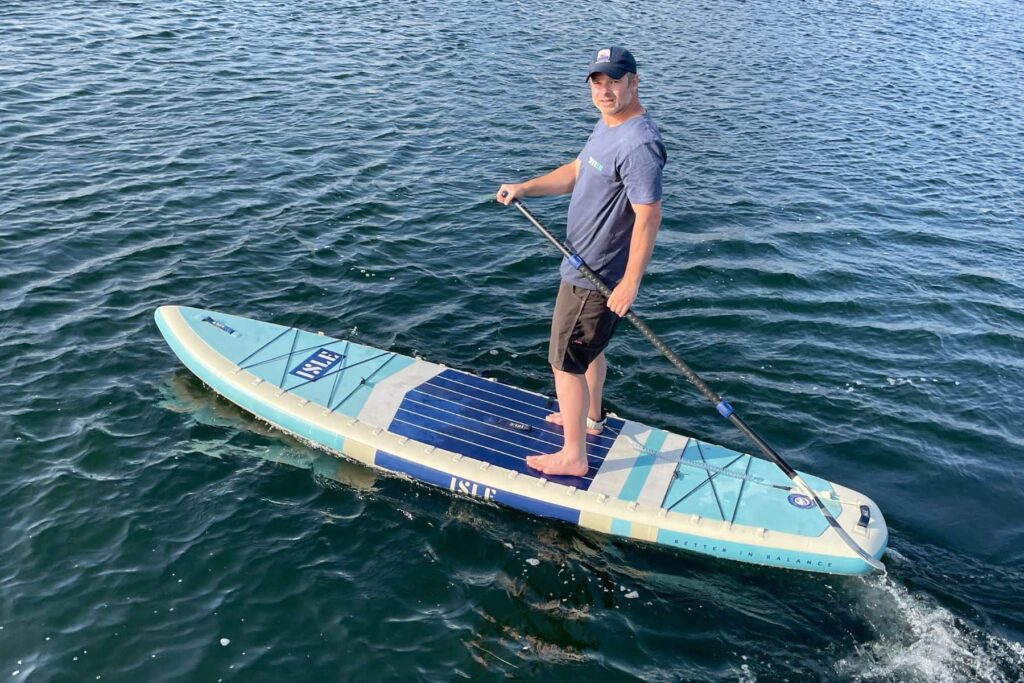Tips for Easy Paddle boarding
Paddle boarding is a fun and easy way to enjoy the water and get some exercise. Here are some tips to help make paddle boarding easy:
- Start on calm water: When you’re first learning to paddle board, it’s best to start on calm water with little to no wind. This will make it easier to balance and maneuver the board.
- Get the right equipment: Make sure you have the right equipment for paddle boarding, including a board that’s the right size for you, a paddle that’s the right length, and a personal flotation device (PFD) for safety.
- Start on your knees: When you’re first starting out, it can be helpful to start on your knees until you get comfortable with the balance of the board. Once you feel more confident, you can stand up.
- Use the right technique: To paddle effectively, use a long, smooth stroke. Start with the paddle in front of you and pull it back towards your ankle, then lift it out of the water and repeat on the other side.
- Look where you want to go: Keep your head up and look where you want to go. This will help you maintain your balance and steer the board in the right direction.
- Relax and have fun: Remember, paddleboarding is supposed to be fun! Don’t worry too much about being perfect or looking cool. Just relax and enjoy the experience.

Tips to help you find the best paddle boards
Finding the best paddle board depends on a few key factors, including your skill level, intended use, and budget. Here are some tips to help you find the best paddle board for your needs:
- Determine your skill level: If you’re new to paddle boarding, look for a board that’s designed for beginners and is stable and easy to maneuver. If you’re an experienced paddle boarder, you may want a more advanced board that offers greater speed and maneuverability.
- Consider your intended use: Think about where you’ll be paddle boarding and what you’ll be using the board for. If you’ll be primarily paddling on calm lakes or rivers, you may want a board that’s designed for cruising. If you plan on surfing, look for a board that’s designed for waves.
- Check the size and weight capacity: Make sure the board you choose is the right size for you and can support your weight. A board that’s too small or too large can be difficult to maneuver and may not offer enough stability.
- Look at the materials: Paddle boards can be made from a variety of materials, including foam, plastic, fiberglass, and carbon fiber. Each material has its own advantages and disadvantages, so choose one that fits your needs and budget.
- Read reviews and ask for recommendations: Read reviews from other paddle boarders to see what they like and don’t like about different boards. You can also ask for recommendations from friends, family members, or local paddle boarding groups.
- Try before you buy: If possible, try out different paddle boards before making a purchase. This will give you a better sense of what works for you and what doesn’t. Many rental shops offer demos, or you can borrow a friend’s board for a test run.


